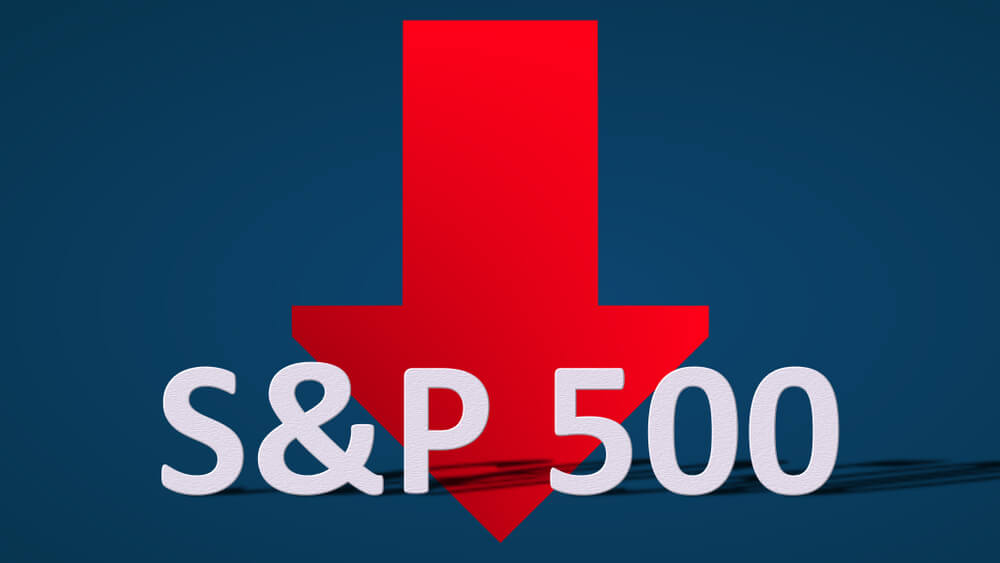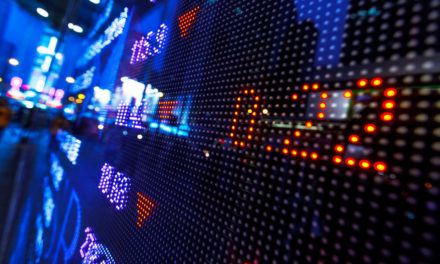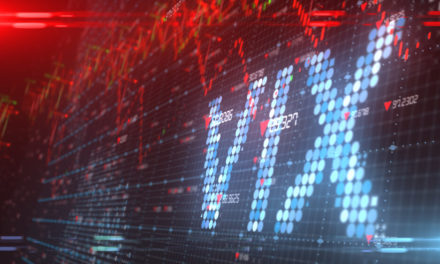It’s no secret that S&P 500 yearly losses are piling up by the minute since the index hit its all-time record high close of 3,393 on Feb. 19, falling a staggering 29.7% in less than one month’s time.
Since closing at 3,230 points on Dec. 31, the index is down 844 points to 2,386, putting the S&P 500 yearly losses at 26.1%. The index also is on pace for its worst year since 2008 when it lost 37% of its total value, and trending toward one of its 10 worst finishes ever due to the coronavirus-induced bear market that is punishing equities and economies around the world.
With investors looking for a floor, Goldman Sachs Chief U.S. Equity Strategist David Kostin said last week the index is likely to crash another 10% over the next three months. And if the spread of the coronavirus, known more specifically as COVID-19, continues then the S&P 500 could dip as low as 2,000.
“The coronavirus has created unprecedented financial and societal disruption,” Kostin wrote in a note to clients. “The combination of thin liquidity, high uncertainty, and positioning could cause the S&P 500 to fall below our 2,450 base case estimate of fair value and closer to a trough of 2,000.”

Banyan Hill CMT Chad Shoop
Last week was one of the worst in history, pushing the S&P 500 yearly losses down another 8.8% — and that’s including Friday’s furious 9.3% rally. Banyan Hill Publishing Chartered Market Technician and Pure Income Editor Chad Shoop said on March 12 that the S&P 500 was then “trading right at a major long-term support level,” and if it fell below 2,500 it could very well end up being a 50% pullback.
The index closed out at 2,480 Thursday before Friday’s dead cat bounce, or sucker rally, pushed it back up to 2,711 heading into the weekend. But Monday pushed it well under 2,500.
“The S&P 500 continues to test this key 2,500 level, but it doesn’t seem like it is going to hold,” Shoop said. “We could be in for a pullback back to 1,600 — a more than 50% decline from the recent peaks. This level is a key point because it marks the tops in both 2000 and 2007 before previous stock market crashes.”
The Federal Reserve opted Sunday to cut its benchmark interest rate to near zero and inject $700 billion into the system in a new round of quantitative easing, a move that Shoop said sends a bad signal.
“While I am bullish long-term on the stock market, the Federal Reserve’s actions on Sunday night alarmed me once again. It was their emergency rate cut on March 3 that tipped me off to the fact that we were in for a much bigger selloff for stocks,” Shoop said. “The emergency cut on Sunday to put rates between 0% and 0.25% and restarting a massive quantitative easing is another red flag.
“The Federal Reserve sees the economy taking a major hit that may have a prolonged negative impact on the economy. Until now, the idea of a nationwide shutdown in the U.S. wasn’t a key topic. After seeing the Fed’s actions, I think it is almost a certainty that the U.S. will shut down all nonessential stores.”
Shutting down retail shops is a “killer blow to the economy,” Shoop said, and the economy will soon fall into recession.
“The Fed and any other stimulus we see are not going to change the fact that economic conditions in the U.S. will be contracting in the first half of the year, leading to the first recession in over a decade,” he said. “But the stimulus actions will help stage a comeback for the economy in the months after. Still, we don’t know where the current bottom will be. And after the S&P 500 fell below my key 2,500 level, a 50% or greater pullback is more likely than ever.”
10 Worst S&P 500 Yearly Losses
- 1931: -47.07%
- 1937: -38.59%
- 2008: -38.49%
- 1974: -29.72%
- 1930: -28.48%
- 2002: -23.27%
- 1941: -17.86%
- 1973: -17.37%
- 1940: -15.29%
- 1932: -15.15%
Note: S&P 500 yearly losses are at 26.1% in 2020.




